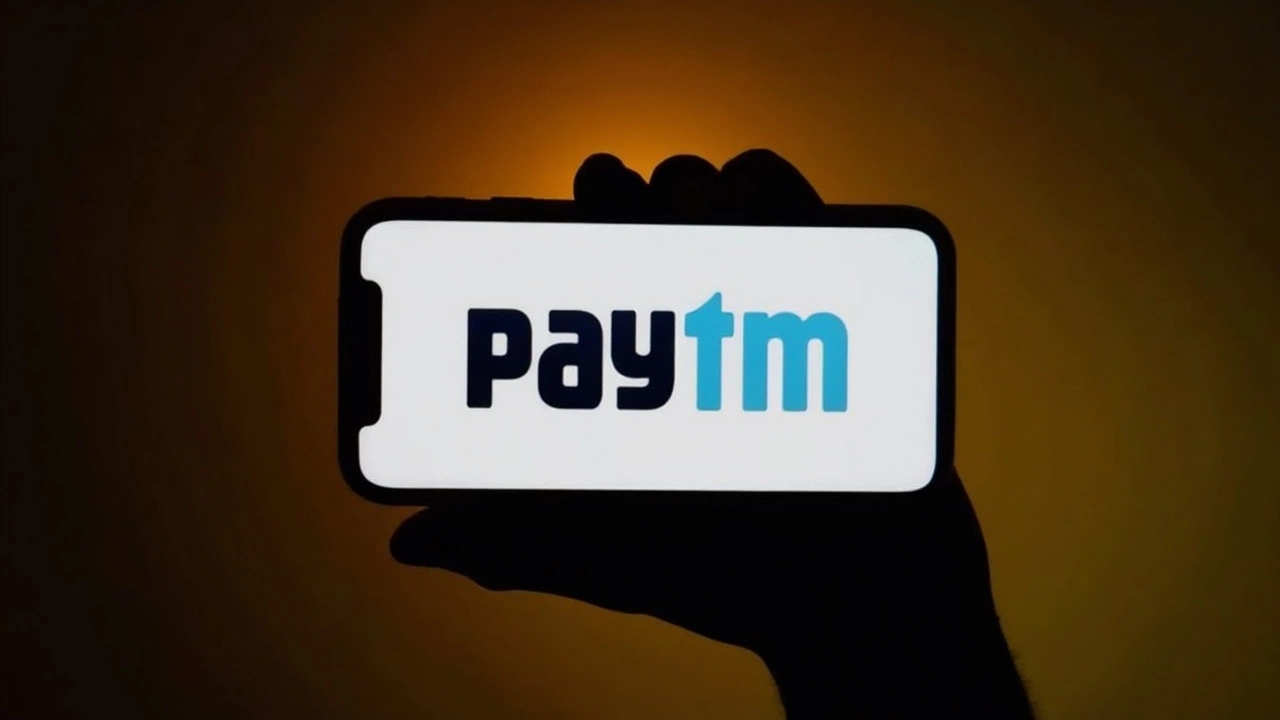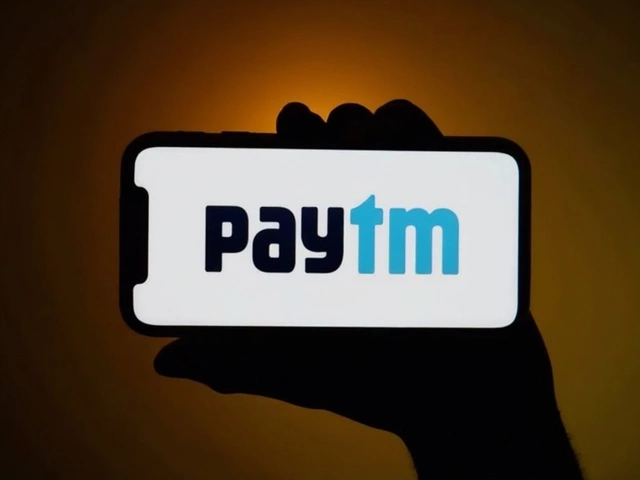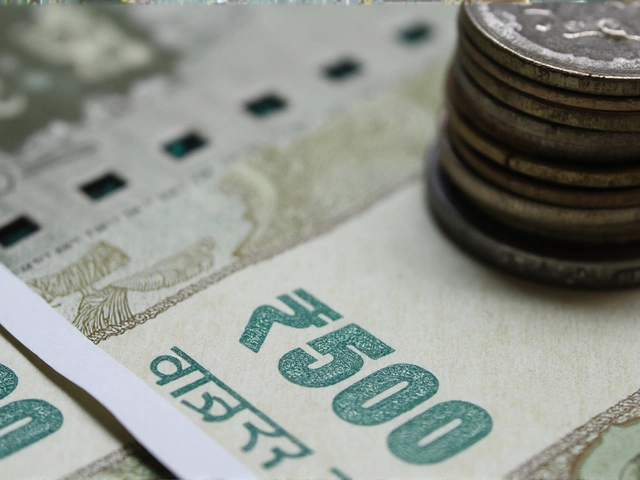MDR charges: what they are and why they matter
If you accept card payments, you probably see a small fee taken out of every sale. That fee is called the Merchant Discount Rate, or MDR. It’s the amount banks and payment gateways keep for handling the transaction. Knowing how MDR works helps you keep more money in your pocket.
How MDR is calculated
MDR isn’t a flat number for all cards. It usually breaks down into three parts: a percentage of the transaction amount, a fixed charge per transaction, and sometimes a GST or tax component. For example, a 1.5% rate on a ₹1,000 sale means ₹15 goes to the bank, plus a few rupees as a fixed fee. Debit cards often have lower percentages than credit cards. The exact split can vary by bank, your business type, and the volume of sales you do.
Tips to reduce your MDR
First, compare offers from different payment processors. Some providers give lower rates if you have high monthly volumes. Second, encourage customers to use cheaper payment methods like debit cards, UPI, or net banking, which usually attract lower MDR. Third, negotiate with your bank. If you’ve been a loyal customer, they may lower the rate for you.
Another practical step is to batch your transactions. Instead of processing every tiny sale separately, group them and settle at the end of the day. This reduces the number of fixed fees you pay. Also, keep an eye on any hidden charges, such as settlement fees or chargeback fees, and ask your provider to waive them if possible.
Regulators sometimes step in to cap MDR. In India, the RBI has set a 0.6% ceiling for debit cards and 1.5% for credit cards on most merchants. Knowing these caps can give you leverage when negotiating with banks. If a provider quotes you a higher rate, remind them of the legal limit.
For small businesses, even a tiny percentage can add up. Suppose you earn ₹2 lakh a month in card sales with a 2% MDR. That’s ₹4,000 lost each month. By moving to a 1.5% rate, you save ₹1,000. Over a year, that’s a nice extra buffer for inventory or marketing.
Finally, consider alternative payment solutions. Services like UPI, Paytm, or Google Pay often have zero or very low fees for merchants. Offering these options alongside cards gives customers choice and can lower your overall processing cost.
In short, MDR charges are a normal part of card transactions, but they don’t have to eat into your profits. By understanding the components, comparing providers, negotiating rates, and using cheaper payment methods, you can keep more of what you earn. Start reviewing your current fees today and see where you can cut costs.
Government Firm on Zero MDR for UPI: Debunks PCI Proposal Amidst Soaring Digital Payments
The Indian government has firmly rejected any plan to reintroduce MDR charges on UPI transactions, pushing back against industry talks led by the Payments Council of India. Despite the payment sector’s funding struggles, UPI transactions soared beyond 18 billion in May 2025, keeping India's digital drive on the fast track.





